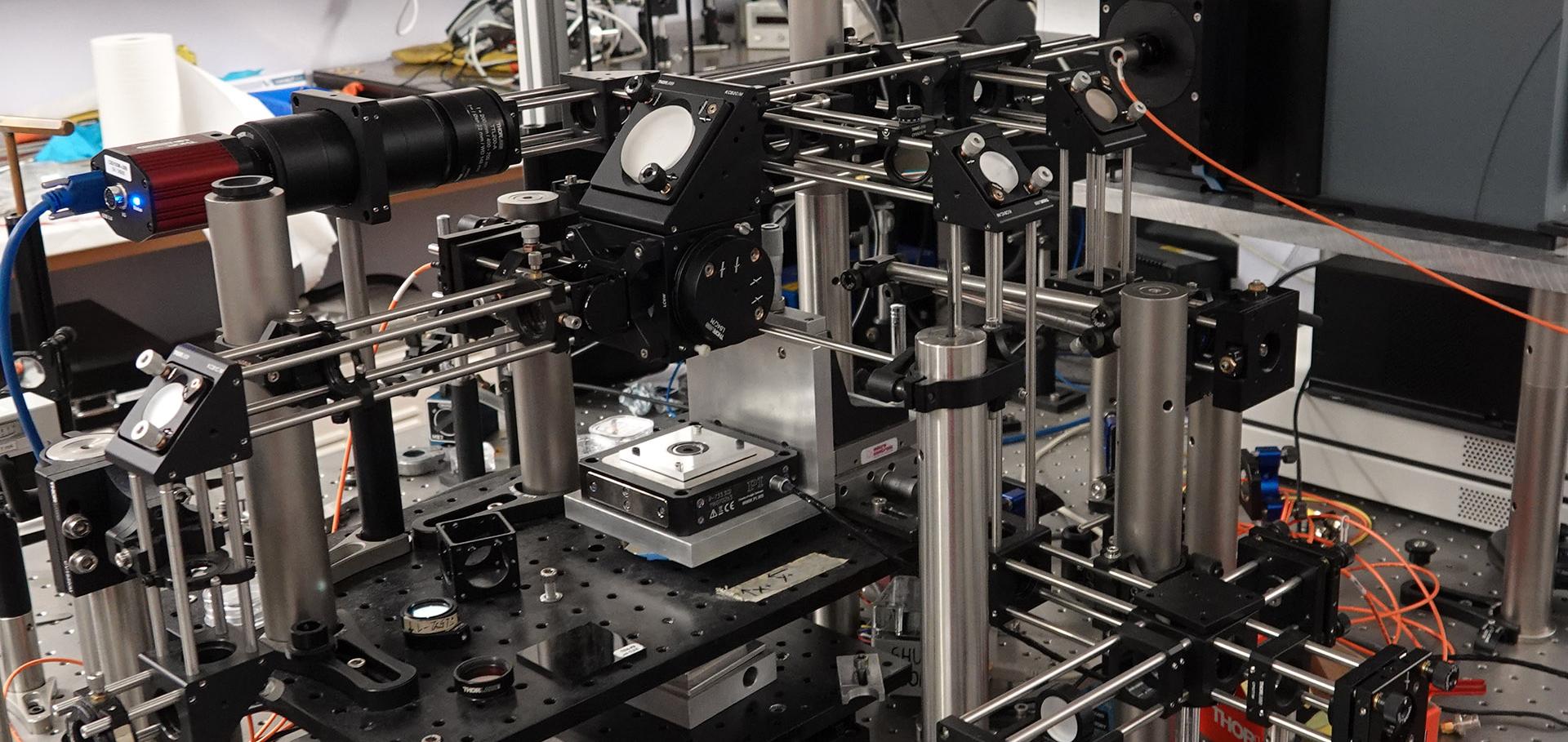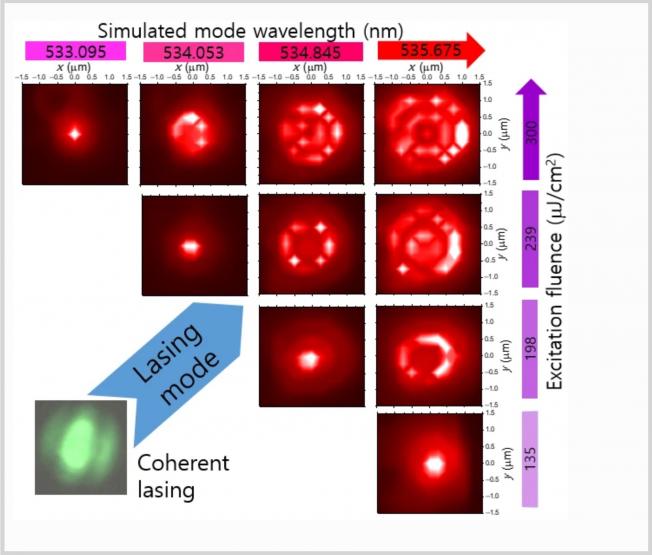Free carrier screening in coupled asymmetric GaN quantum discs
P SOC PHOTO-OPT INS 6352 (2006) U288-U296
Abstract:
We present an investigation of free-carrier screening in coupled asymmetric GaN quantum discs with embedded AlGaN barriers using time-integrated and time-resolved micro-photoluminescence measurements, supported by three-dimensional multi-band k.p computational modeling. We observe that with increasing optical excitation the carrier lifetime decreases and emission energy blue-shifts. This originates from the screening of built-in piezo- and pyroelectric fields in the quantum discs by photo-generated free-carriers. Due to non-resonant tunneling of carriers from the smaller disc to the larger disc, free carrier screening is enhanced in the larger disc. The non-resonant tunneling was found to have a significant role in samples with a thin barrier, as the screening decreased with barrier thickness (i.e. decreased tunneling). Computational modeling, was in good agreement with the experimental results.Registration of single quantum dots using cryogenic laser photolithography
APPLIED PHYSICS LETTERS 88:19 (2006) ARTN 193106
Surface investigation of a cubic AIN buffer layer and GaN grown on Si (111) and si (100) as revealed by atomic force microscopy
JOURNAL OF THE KOREAN PHYSICAL SOCIETY 49:3 (2006) 1092-1096
The effects of nitrogen and boron doping on the optical emission and diameters of single-walled carbon nanotubes
Carbon 44 (2006) 2752-2757
The recombination mechanism of Mg-doped GaN nanorods grown by plasma-assisted molecular-beam epitaxy
NANOTECHNOLOGY 17:3 (2006) 913-916



